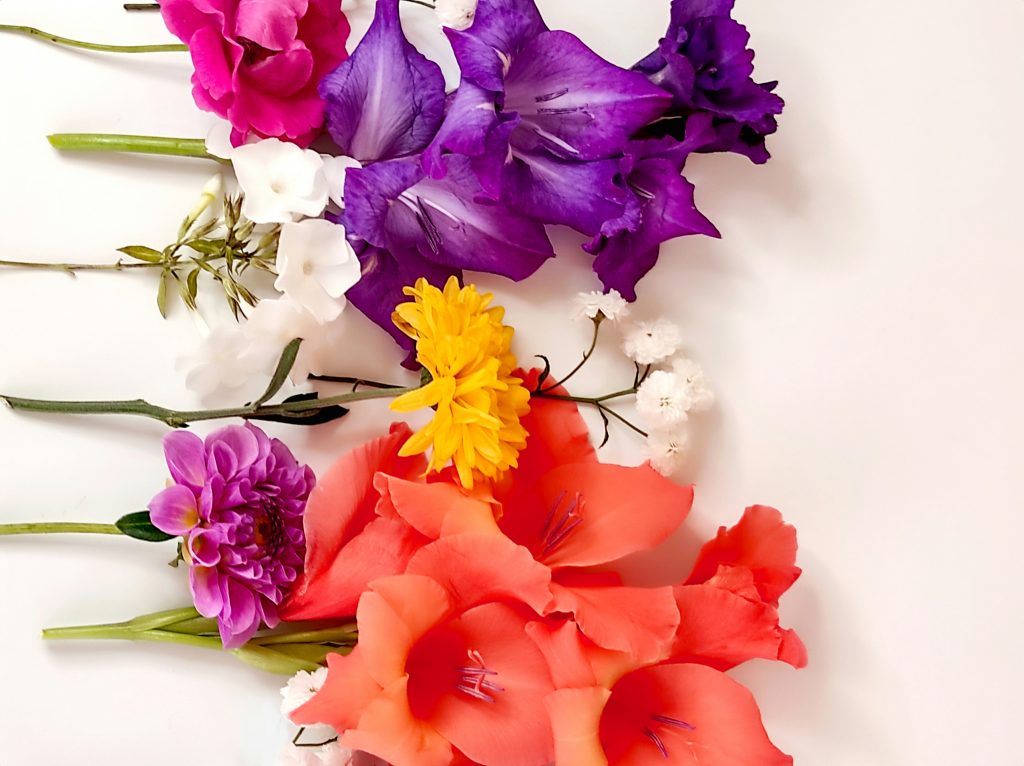In a quiet, unassuming corner of a childhood home, a photograph once captured a fleeting moment in time. This image, sepia-toned and framed alongside three others, depicted a young individual caught mid-stride, embodying the essence of youth and the rush of life. This photograph serves not only as a personal memento but also as a profound reminder of the journey toward self-discovery and the impact of the past on one’s identity.
As we grow, the images that surround us—whether they are physical photographs or mental snapshots—play a significant role in shaping our perceptions of ourselves and the world. Each frame holds a memory, a story waiting to be told. It is through these stories that individuals begin to weave their narratives, constructing a sense of self that is both unique and interconnected to the experiences of others.
The significance of memory in our lives cannot be overstated. Memories act as anchors, grounding us in our personal histories while also providing a lens through which we view our futures. They can inspire us to take risks, to embrace change, and to pursue our passions. However, they can also weigh heavily if they carry the burden of unfulfilled expectations or unresolved conflicts.
In the quest for identity, individuals often reflect on their pasts, seeking to understand how their experiences have shaped who they are today. This introspection can lead to moments of revelation, where the realization dawns that the past is not merely a series of events but a complex tapestry that contributes to one’s current state of being. It encourages a deeper understanding of how various factors—family dynamics, cultural influences, and personal challenges—converge to form the individual we become.
Art and creativity often serve as powerful tools in this exploration of identity. By channeling emotions and experiences through various forms of expression, individuals can engage in a dialogue with their pasts. Art offers a space for reflection, allowing for the transformation of pain into beauty and confusion into clarity. This process can be incredibly liberating, as it empowers individuals to reclaim their narratives and redefine their identities.
Moreover, the act of sharing these stories can foster connections with others. In a world that often feels fragmented, the universal themes of struggle, triumph, and self-acceptance resonate deeply, reminding us of our shared humanity. By opening up about personal experiences, individuals invite others into their journeys, creating an environment of empathy and understanding.
As we navigate our own paths, it is essential to honor the memories that shape us while also acknowledging the potential for growth and change. The journey toward self-discovery is ongoing; it evolves as we do. Each new experience adds a layer to our identity, prompting us to reassess where we’ve come from and where we are headed.
In conclusion, the photograph that hung in the childhood home serves as a metaphor for the intricate relationship between memory and identity. It encapsulates the beauty of personal history and the transformative power of storytelling. As individuals reflect on their pasts and embrace their narratives, they not only honor their journeys but also contribute to the collective understanding of what it means to be human. Through this exploration, we can find not only ourselves but also our place within the broader tapestry of life.

